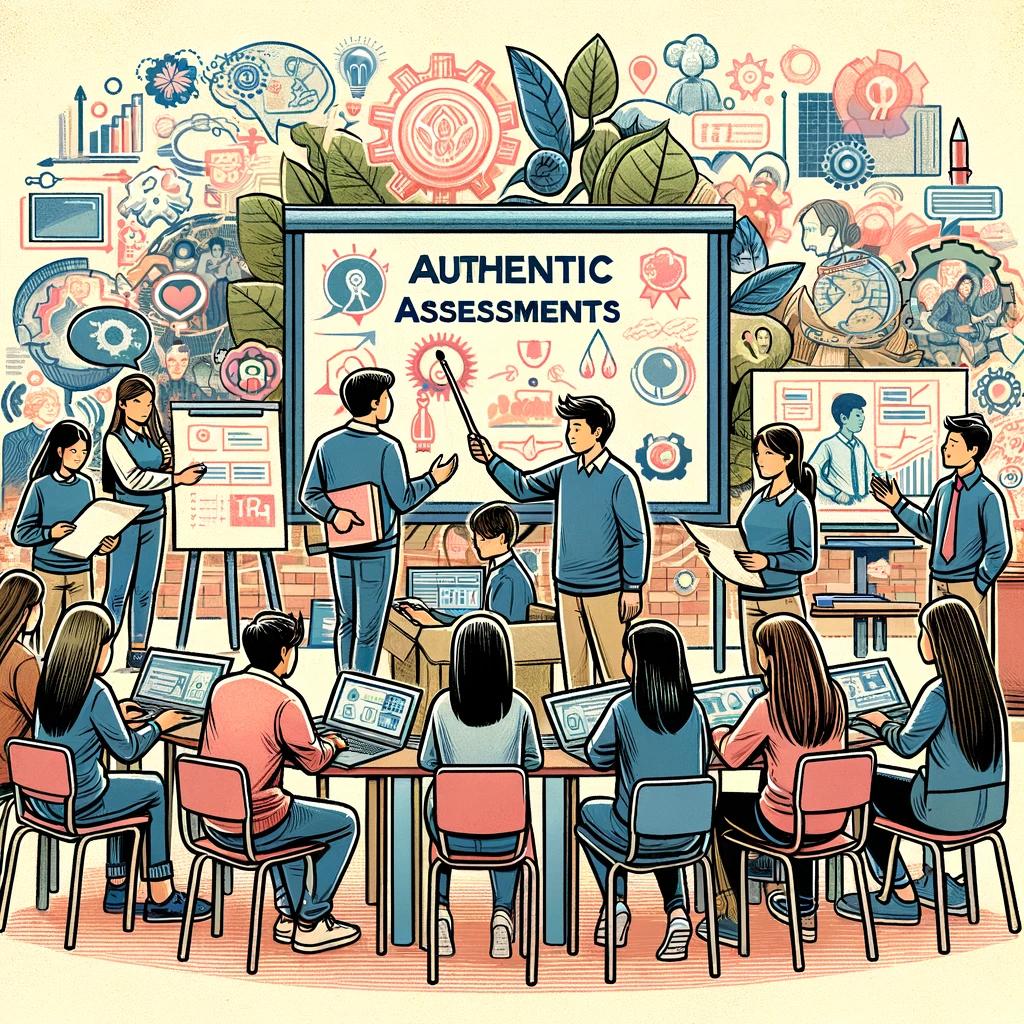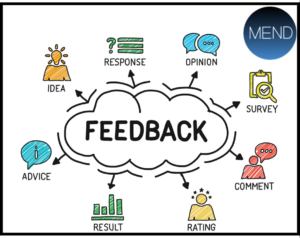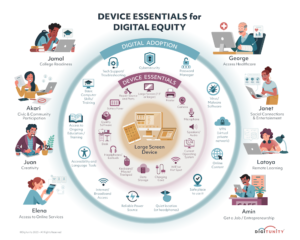About a year ago, my friend’s husband wrote a beautiful post for her birthday. I texted her about how sweet it was and she quickly replied with an eye roll emoji saying he used ChatGTP to create his write-up. Little did I know, people all around me were using this tool and I (living under a rock) didn’t know much about it!
AI in Teaching and Learning
If you were to ask me to write a blog post about AI in teaching and learning before watching Alec Curous presentation, my reply would have been somewhat negative. I had the mindset that people were using AI to find answers or complete assignments because they were too lazy to complete the work themselves. I guess you could say I was biased thinking that students were using this tool as a shortcut for their homework. After the video, I reflected on how I use AI Every. Single. Day. I use AI to look up recipes, create multiple choice quizzes, ask questions via Google, and write emails/papers with the help of “autocomplete” on Google Documents and gmail (which is brilliant). What I didn’t realize was that ChatGTP can be used for a variety of things in life. For example, taking a picture of the SIN# to fix your fridge ice machine, or create flashcards for a science class test on cell anatomy, or get ideas to redecorate a living space in your house. I am still mind blown with all this information and new perspective towards AI. Alec Curous provided a number of different examples for us to see how AI can be used to enhance both our teaching and learning experiences.
AI as a Teacher
I think the biggest takeaway from using AI as a teacher would be saving time finding appropriate resources for your students. For example, creating quizzes, discovering new activities for your students, planning lessons, grading assessments, and finding other valuable materials for our learners. AI allows us to complete these time consuming tasks quickly and efficiently with a voice, image, and/or text command.
AI as a Student
Just as students continue to learn how to respectfully and responsibly use their personal mobile devices, I believe students need to learn the proper etiquette regarding AI in education. Educators, teachers, and other mentors need to have conversations with their students/children about the:
1) importance of learning without the use of technology, and
2) the benefits and opportunities technology can provide to their educational experiences.
Students need to know the difference between the two. They also need to understand the purpose of developing deep cognitive thinking, problem solving skills, and independent learning with and without the use of technology.
Cheating and Academic Misconduct
To be honest, it scares me to think that students could be cheating in my classes, especially this online course I am developing. Without constant supervision, it is impossible to monitor. In my opinion, taking information from any source that doesn’t belong to you, without proper citation, is cheating. Also, in my opinion, using online tools to solve problems and complete homework assignments is academic misconduct. As Alec Curous mentioned in his video, AI is becoming more advanced and it is becoming more difficult to redflag academic dishonesty. As an educator, I am interested in how AI will continue to expand in schools, and wonder if this is going to become another big issue.
Can I safeguard against the misuse of AI in my course? Probably not. I tested out ChatGTP myself and students will be able to find their answers quickly and efficiently online without much effort. This may cause some issues for their online communication tasks; but at some point, I have to give the students credit for finding their questions online. Even if they choose to use AI to complete this task, they are still actively learning by explaining their mathematical problem solving skills. All my students will be completing their mini-exams and unit exams in-person via traditional pencil and paper with an adult supervisor present during school hours. Students will need to show their understanding by showing their work (step-by-step) for full marks. I am hopeful that my students will put in the necessary effort to learn the material and test well so they can attain their credit in my course.
Using AI in Productive Ways
I agree with Alec that we need to have those conversations with our students regarding why it is important to learn these concepts and be able to do the work ourselves. By motivating students about the purpose of learning and connecting them with the concepts being taught to real life can be helpful.
I found an article online that discusses 7 principles that educators, policymakers and education leaders can follow when creating guidelines regarding AI in education. These principles are:
- Define the purpose – supporting and enriching the educational goals
- Complying with existing policies, student safety and data security
- Teaching students about AI literacy so they can gain proper knowledge
- Understanding the benefits of AI and the risks (finding balance)
- Following academic integrity
- Maintain human decision-making
- Continuously assess the impact of AI
With the proper guidelines, I believe AI can be successfully integrated into teaching and learning. AI has the potential to help students find answers faster and easier, explore more without waiting for an educator, and boost creation and innovation in education.



 It was a gratifying pleasure to receive thorough and insightful comments on the first orientation lesson on Canadian cultural norms and values. The insightful feedback has given me a clear route forward for improving the instructional strategy, especially as I anticipate creating the second module. In response to the criticism, this reflection piece outlines intentions for improvement and takes into consideration the class conversation on equity and accessibility in the course structure.
It was a gratifying pleasure to receive thorough and insightful comments on the first orientation lesson on Canadian cultural norms and values. The insightful feedback has given me a clear route forward for improving the instructional strategy, especially as I anticipate creating the second module. In response to the criticism, this reflection piece outlines intentions for improvement and takes into consideration the class conversation on equity and accessibility in the course structure.






